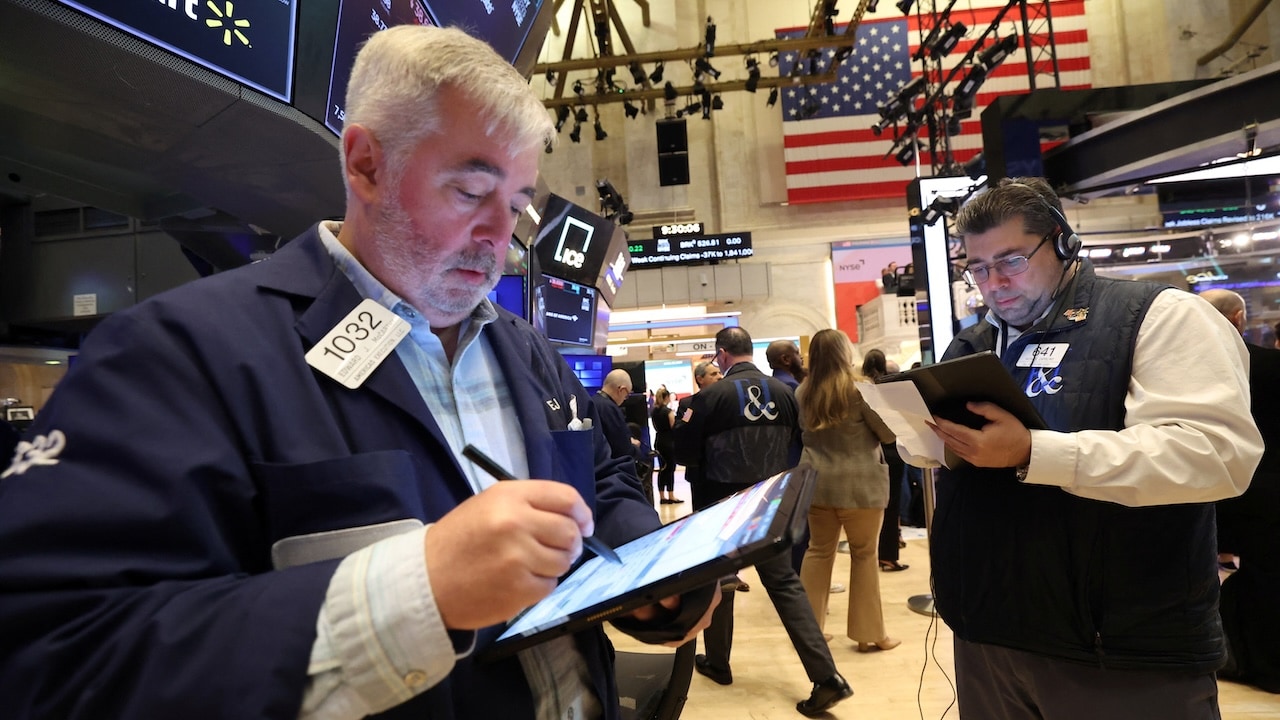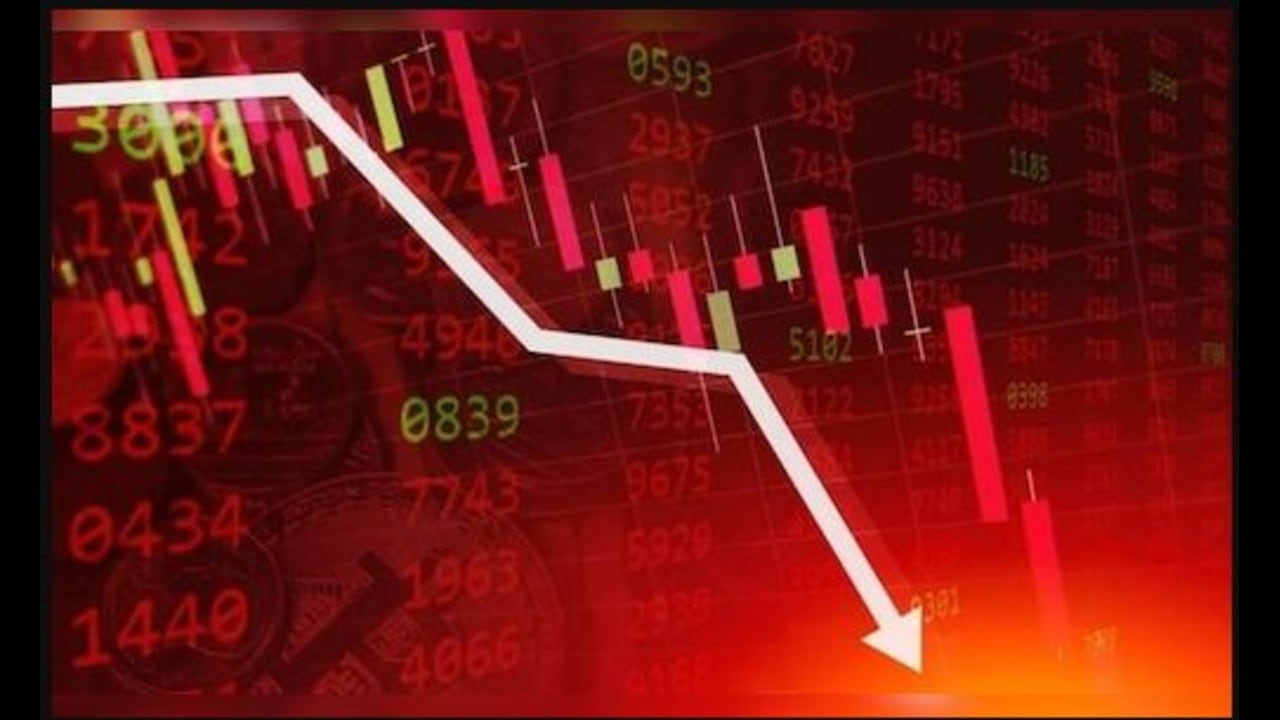Florian Neto, Head of Investments Asia at Amundi, a global fund managing $2 trillion in assets, says India is their top investment choice in Asia despite expensive valuations.
"We are close to the max overweight we have been on in India. It's our preferred country so far," Neto said in an interview with CNBC-TV18.
Even though valuations remain expensive at nearly 20 times, Amundi remains confident in India’s strong earnings growth. The fund has been adding to Indian positions since March and prefers large-cap stocks, especially in sectors like banking, healthcare, and food delivery platforms.
Neto believes that even though small and mid-cap stocks still look pricey, the overall market outlook remains positive.
He adds that India's recent earnings season was strong, with several sectors showing good results.
Foreign investors had earlier seen India as overvalued, but steady earnings and economic stability are bringing back interest. While Amundi expects slightly lower earnings growth than the market consensus, they are still confident in India's long-term potential and are maintaining an overweight position in the country.
These are the verbatim excerpts of the interview.
Q: So much has happened in the last month. But now the dust is beginning to settle. What is your call on Asian Equities? What are you buying and avoiding?
A: Yes, it has been hectic in terms of news, and overnight again, yesterday, we got news on Nvidia. All the semiconductors in the region have been selling off, but we see a bit of resilience these days within Asia, particularly Asia equities. But firstly, if we can take a step back and look into our preferences overall, we did sell a bit of equity at the beginning of the month because the volatility was too elevated. But where our exposure is going today, in terms of overweight, is that we try to find some shelter in domestic and defensive stories. So, India is one. We are close to the max overweight we have been on in India. It's our preferred country so far.

We like China, and the Philippines. Basically, we wait for the dust to settle before potentially reloading. So, at the end of the three months, so-called 90 days post, we will look very much into the relative tariff, because it will be a key feature, as there are large export overlaps among Asian countries. Today, we are slightly lighter on equity compared to one month ago, and we have been changing a bit of our allocation. We did start increasing India at the beginning of March, and we have been adding to China, fine-tuning and reducing a bit in Korea and Taiwan of late, because they will be quite exposed from an export point of view so far. So, this is how we are positioned from an Asia equity point of view.
Q: Give us a sense of what you are doing in India. Common consensus view is that large caps are more reasonably priced, while mid-caps and small caps are still expensive.
A: From the consensus, we are not that far. From a valuation point of view. one of the big headwinds for India equities over the last six months was that foreign investors were perceiving India as being in a frothy valuation type of environment. And we got two quarters in a row of slightly weaker reporting. The last reporting season has been quite strong, delivering 14% compared to Q4 FY24, and we have seen that financials, healthcare, and communication have been delivering quite substantially. So, valuations are not cheap in our view, 20 times, so you have to pay 20 times for quality today — very good profitability in general versus all the peers in the region. So, we are happy to step in on large caps, but for small and mid-caps, as you mentioned, we do believe they are still a bit more expensive in our view.
Also Read: No tech budget cuts yet despite global uncertainty: Salesforce’s Arundhati Bhattacharya
Then, in terms of selectivity at the stock and sector level, our preference is for banks, and you have been mentioning just before the interview that banks have been skyrocketing. Indeed, banks have been outperforming. We are still committed to it. We like hospitals. We like food delivery platforms as well. So, we are selective in our allocation. We have an overweight in India that is coming from bottom-up, actually, preferences. But we do feel that it's a bit too early to step in on the small and mid-cap side.

At the end of the day, in terms of earnings per share (EPS), we are expecting earnings this year to be slightly lower than the consensus. The consensus is around 16–17%. We still have a solid double-digit, but more around 11% today. So, no big issues in terms of EPS — still good, slightly lower than the consensus. We prefer large caps, we are still selective in terms of sector, and we do feel it's a bit early to go to small and mid-caps.
Q: You are sounding reasonably optimistic on the Indian equity market prospects. My question to you is, what about the mother market? The US markets were the only game in town until a couple of months or so ago; most of the flows were going out there, and that market was doing well. Now the call is that maybe, in fact, the US markets have hit a near-term peak. Do you believe that is the case? And if that is the case, can the Indian market still outperform? Emerging markets like India, China — can we still be outperformed from here on?
A: The big difference compared to when the US stocks were under pressure — and this is why history may not be very much of a help in this kind of environment — is that it is very unusual to see the euro moving 2% up when the US equity is down 2%. So, we do see that the dollar is now not behaving like it did before, as a haven, but the dollar and some US assets are behaving a bit more like emerging-type assets so far, because there is a question mark on the US administration, and there is a question mark as well on where the US is eventually going. So, we do believe that US stocks will eventually do okay this year, but we do not think they will outperform the rest. So, in this environment, it's still shaky for the US, but we do see earnings per share coming in.
Also Read: Manishi Raychaudhuri says market correction not done yet, brace for another dip
The big question mark here is, where are we eventually going on the tariff side? As of today, we are in the post phase for three months. If the reciprocal tariff scenario stated — our calculation from a credit spread point of view, from a dollar point of view, from a growth in the US point of view — leads to a close to recessionary level on the profit side. You don't need to have an economic recession to have almost no profit in the US. If it's the case, then it's a bit of a bear case scenario where eventually the S&P will not move up significantly from here.

We don't think it's a base case. We think that eventually, the average effective tariff will be lower than what we saw on April 2nd. And a lot of countries are now front runners — India is one, Japan is another one — front runners to have a bilateral deal. So, in our view, the US will perform okay, may rebound a bit from these levels. It doesn't mean that we cannot have a small leg down from there, but globally, when we look at our outlook toward the end of the year, we do think that the S&P will be higher than where we are today. And we see that there is a bit of a decoupling between what is happening in the US and what is eventually happening in emerging markets, and in Asia, more specifically.
Q: When you chat with your peers, other money managers around the world, your counterparts in the US, in the run-up to Liberation Day, money was moving to Europe in a big way. Money was still not coming to Asia. China had its problems. India was being called overvalued. We have seen a little bit of a change in the pattern of flows. We are suddenly getting more foreign flows. Do you see a bigger wave of liquidity coming to Asian emerging markets at all?
A: Yes, I think the big shift that we have seen since the Liberation Day is on the rate side. So, we do see that Asian rates now are a good alternative to US Treasuries. And we have seen a lot of investors — institutional, sovereign wealth fund, public pension fund — that are looking for alternatives to the US Treasuries. If the US Treasuries steepen as fast as we have seen last week, for example, they want to find shelter. And the good news is the Asian rates have had a very low beta to the US sell-off last week. Why? Because eventually, the inflation issues that we have in the US — and we have seen Jerome Powell mentioning this— we don't have the same inflation issues in Asia.
Also Read: Fed faces tough policy call amid stagflation shock: Deutsche Bank
Headline inflation in India has been coming in at 3.3, quite lower than the threshold of 4% from the RBI. And it's not an India story — it's a disinflation story in Asia. So, we like Asian rates, and we see that investors are turning a bit more constructive on them. When you hedge yourself, when you go on the Korean curve, on the Chinese curve, and you hedge the currency, you have higher carry than in the US. And we do believe that the central banks in the region have more flexibility — I would say, compared to what the Fed is facing today with a potentially stagflationary environment.
Growth will be slightly lower, inflation will be slightly lower in Asia. FX is still relatively resilient because the dollar is in a bit of a free fall. So, at the end of the day, we do think that there will be more cuts in the region. Central banks will turn more accommodative, like the Reserve Bank of India (RBI) turned officially last week, and we expect more cuts. So Asian rates are where we do see a lot of flows coming in, on top of what you have been mentioning about European equities, for example.
Watch the interview in the accompanying video

 2 weeks ago
2 weeks ago





